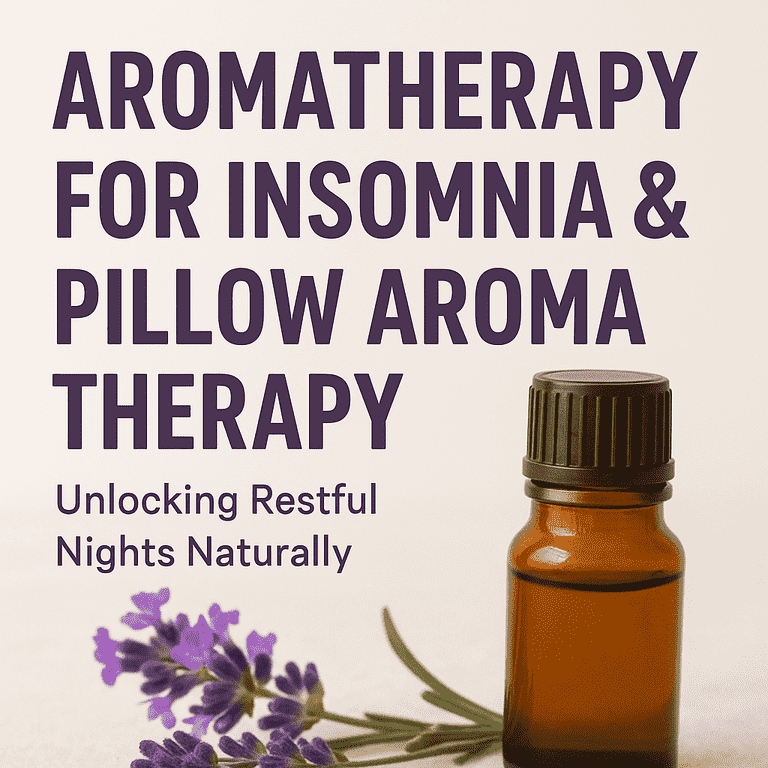When Miley Cyrus dropped that she’d tried a “salmon sperm facial” on Instagram in June 2025, beauty TikTok lost its collective mind. The comments ranged from “I’m sorry, WHAT?” to “Where do I book one?” Within days, #SalmonSpermFacial had racked up millions of views, and beauty editors everywhere scrambled to explain what on earth was happening.
But here’s the plot twist: this isn’t some random celebrity weirdness. Kim Kardashian’s been quietly using it for red-carpet events. Jennifer Aniston swears it’s part of her ageless beauty routine. Gwyneth Paltrow featured it on Goop. And now, your favorite beauty influencers are posting about PDRN serums and “salmon DNA” skincare like it’s the next big thing.
Searches for this bizarre-sounding beauty ingredient skyrocketed 9,900% in the past year. Korean beauty brands can’t keep PDRN serums in stock. Dermatology offices from Beverly Hills to Mumbai have waitlists for “salmon facials”.
So is this the beauty industry’s next hyaluronic acid moment, or just another weird trend that’ll be forgotten by 2026? Let’s dive into the salmon pool and find out.
What’s Actually in This Stuff?
First, let’s kill the gross-out factor: despite the viral nickname, you’re not literally smearing fish reproductive material on your face. (Thank goodness.)
PDRN—which stands for polydeoxyribonucleotide, but nobody actually calls it that—is a highly processed, purified extract from salmon DNA. Beauty scientists chose salmon because its DNA structure happens to be really similar to human DNA, which means skin doesn’t freak out when you apply it.
The ingredient originally came from medical research, not beauty labs. Italian researchers were using it for wound healing and noticed it had some pretty impressive regenerative properties. Korean beauty scientists saw this and thought: “What if we used this regenerative thing on aging skin?”
And just like that, a medical ingredient became the secret behind K-beauty’s obsession with “glass skin”—that super smooth, luminous, poreless look everyone’s been trying to achieve.
How Celebrities Discovered It
The celebrity PDRN love affair started quietly in Korean spas, where A-listers would go for “secret” beauty treatments between filming. Word spread through the Hollywood beauty underground: there was this treatment in Seoul that gave incredible glow without looking overdone.
Kim Kardashian was one of the early adopters, adding salmon DNA sessions to her pre-event beauty prep. She’s credited it with that refined, ultra-smooth skin texture in her Met Gala photos.
Jennifer Aniston (age 56, looking like she’s 35) loves that this approach works with her skin rather than adding artificial volume or frozen expressions.
Miley Cyrus made it mainstream when she casually mentioned “salmon sperm facials” on social media, sending beauty forums into a frenzy.
Hailey Bieber and Eva Longoria both feature PDRN in their skincare routines, part of the Gen Z shift toward regenerative beauty over dramatic procedures.
Gwyneth Paltrow, predictably, embraced it on Goop as part of the “working with your body’s natural processes” philosophy.
The celebrity endorsements aren’t paid partnerships (as far as anyone can tell). They genuinely seem obsessed with it, which is how you know a beauty trend has legs.
The K-Beauty Connection
If you’re wondering why this came from Korea, it’s because K-beauty has been light-years ahead of Western skincare for the past decade.
Korean beauty culture focuses on prevention and long-term skin health rather than quick fixes. The philosophy is: feed your skin what it needs to regenerate itself, rather than covering problems with makeup or relying on aggressive procedures.
PDRN fits perfectly into this approach. Instead of injecting filler or freezing muscles, you’re essentially giving your skin the tools to repair and regenerate itself.
Korean brands like Rejuran pioneered PDRN skincare products, and now Western brands are racing to launch their own versions. If history repeats itself (remember snail mucin? bee venom?), PDRN is about to become as common as hyaluronic acid in your beauty cabinet.
Two Ways to Get Your Salmon Fix
The beauty industry offers PDRN in two main formats, depending on your budget and commitment level:
The Celebrity Version: Injectable “Salmon Facials”
This is what you see influencers posting from fancy clinics:
- A provider uses tiny needles to inject PDRN into your face
- Sometimes combined with microneedling or other treatments
- Takes about 30-45 minutes
- Most people report minor discomfort, not actual pain
- Results show up within days and improve over weeks
- You’ll typically do 4-6 sessions for optimal results
- Price tag: $300-$800 per session in Western countries; ₹15,000-₹40,000 in India
The At-Home Version: PDRN Serums
This is what’s flying off beauty store shelves:
- Korean beauty brands package PDRN in serum form
- You apply it just like any other serum—after cleansing, before moisturizer
- Way more budget-friendly ($50-$150 per bottle)
- Takes longer to see dramatic results than injections
- Great for maintenance between professional sessions or as an intro to the ingredient
Beauty editors say the serum version is perfect for “PDRN curious” people who aren’t ready to commit to needle treatments.
What Actually Happens to Your Skin
Based on countless beauty influencer reviews, magazine editor testing, and general beauty community buzz, here’s what people report:
The Immediate Payoff:
- Skin feels plump and intensely hydrated
- That coveted “dewy glow” without looking oily
- Redness and irritation visibly calm down
- Makeup applies smoother
The Long Game (Weeks to Months):
- Fine lines look softer and less noticeable
- Skin feels firmer, almost “bouncy”
- Old acne marks and dark spots start fading
- Overall complexion looks brighter and more even
- Pores appear smaller
- Skin texture gets noticeably smoother
One beauty editor described it as “like giving your skin a software update—everything just works better”.
The Beauty Industry Is Obsessed
PDRN has gone from niche K-beauty ingredient to global beauty phenomenon in record time:
- Market analysts predict the PDRN skincare market will hit nearly $1 billion by 2032
- Major beauty retailers are creating dedicated “salmon DNA” sections
- Western dermatology practices are adding PDRN to their treatment menus
- Beauty subscription boxes are featuring PDRN serums as hero products
- Influencer partnerships with PDRN brands are everywhere on Instagram and TikTok
Even Sephora and Ulta are reportedly in talks with Korean brands to bring more PDRN products to Western markets.
How It Stacks Up Against Your Current Routine
Wondering where PDRN fits compared to what’s already in your beauty arsenal?
Better Than Hyaluronic Acid: Lasts longer and does more than just hydrate—it actually stimulates your skin’s natural processes
Gentler Than Retinol: Gives similar anti-aging benefits without the irritation and peeling that retinol causes for some people
More Natural Than Fillers: Works with your skin’s own systems rather than adding synthetic volume
Easier Than Lasers: Less downtime and no risk of the hyperpigmentation that sometimes happens with laser treatments
More Sophisticated Than Basic Serums: Goes beyond surface-level benefits to work at a cellular level
Beauty experts position PDRN as the “Goldilocks” ingredient—not too gentle, not too aggressive, but just right for people wanting real results without drama.
The Vegan Question
Here’s the one catch for vegan beauty lovers: PDRN traditionally comes from salmon, which obviously isn’t vegan.
The beauty industry is working on this:
- Some brands are developing plant-based alternatives using Korean ginseng
- Synthetic versions are in development
- Beauty labels are getting better about clearly marking ingredients so you can make informed choices
If animal-derived ingredients are a dealbreaker for you, keep an eye out for the plant-based versions launching soon.
Is This Just Another Passing Fad?
Every year brings a new “miracle ingredient” that beauty magazines declare revolutionary. How do you know if PDRN has staying power or if it’ll be forgotten by next summer?
Signs This Is Real:
- Multiple A-list celebrities using it without brand deals
- Korean beauty brands (who are rarely wrong about trends) heavily invested
- Professional beauty providers adding it to standard treatment menus
- Search volume continuing to climb month after month
- Beauty community reviews are overwhelmingly positive, not mixed
But Also:
- Price point might limit mass adoption
- The “salmon sperm” nickname could turn some people off
- Results aren’t instant like filters or fillers
- Requires commitment (not a one-and-done)
Most beauty editors predict PDRN will follow the hyaluronic acid trajectory: weird at first, then everywhere, then just a normal part of everyone’s routine.
The Final Verdict
After all the celebrity hype, influencer posts, and beauty industry buzz, what’s the real deal with salmon DNA skincare?
It’s Not a Magic Wand: PDRN won’t replace sunscreen, good sleep, or a solid skincare routine. It’s a tool, not a miracle.
But It’s Not Just Hype Either: The ingredient has legitimate backing, celebrity proof, and thousands of glowing beauty community reviews.
It’s Becoming More Accessible: Professional sessions are pricey, but at-home serums bring the ingredient to regular beauty budgets.
The Trend Has Momentum: This isn’t fading like some one-season wonder. PDRN is here to stay in the beauty world.
For beauty enthusiasts wanting Korean glass skin, natural-looking improvements, or just the latest trend their favorite celebrities are obsessed with, PDRN delivers—even if the salmon nickname makes you giggle.
As one beauty influencer perfectly summarized: “I came for the weirdness, stayed for the glow“.
Whether you’re ready to embrace salmon DNA in your beauty routine is your call. But if this trend follows the usual pattern, you’ll probably be using PDRN products within a year without even thinking twice about where they came from.
After all, we’re already putting snail slime, bee venom, and plant placenta on our faces. At this point, salmon DNA barely registers on the K-beauty weird-o-meter.












